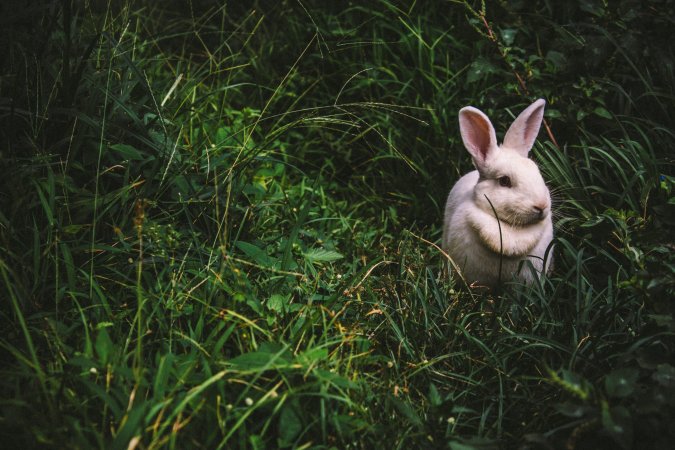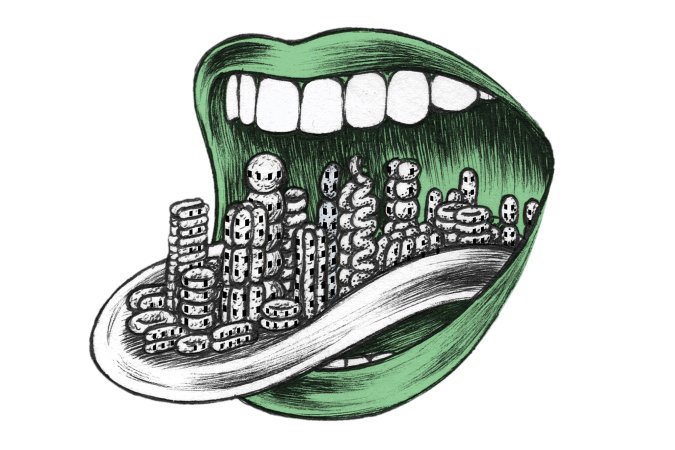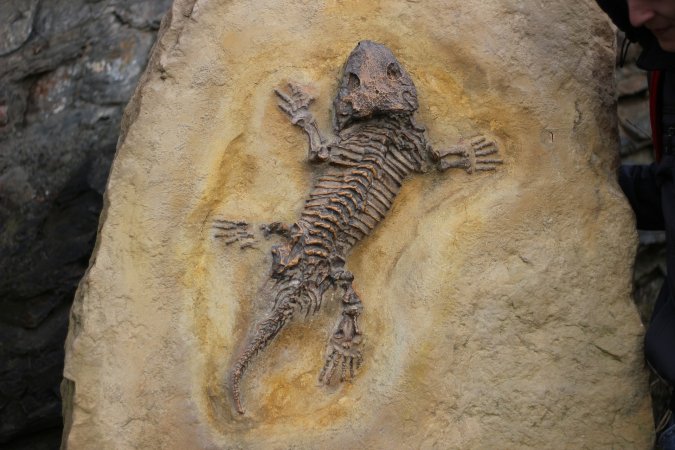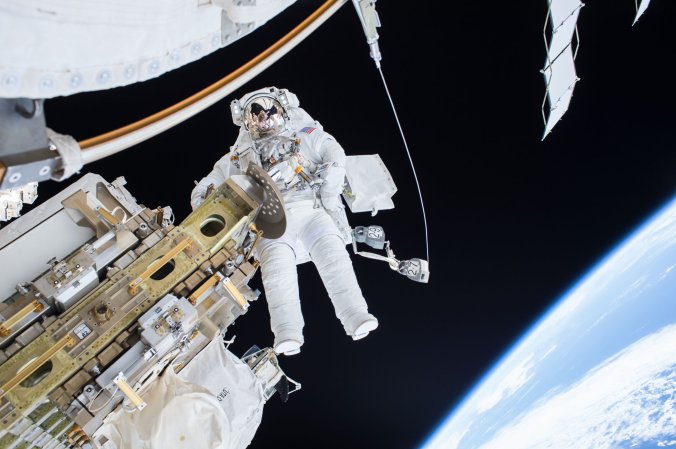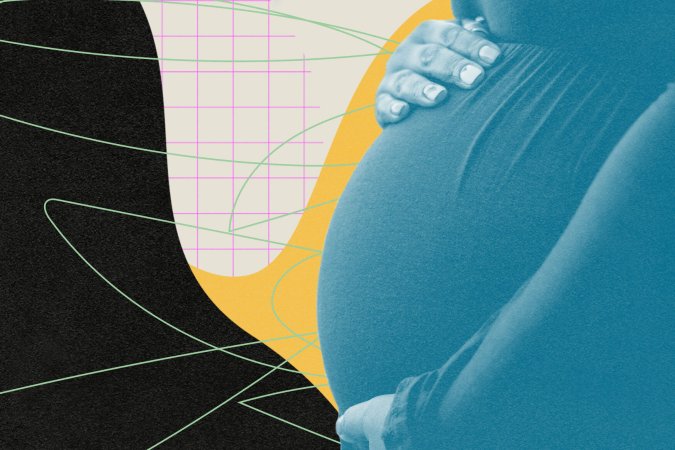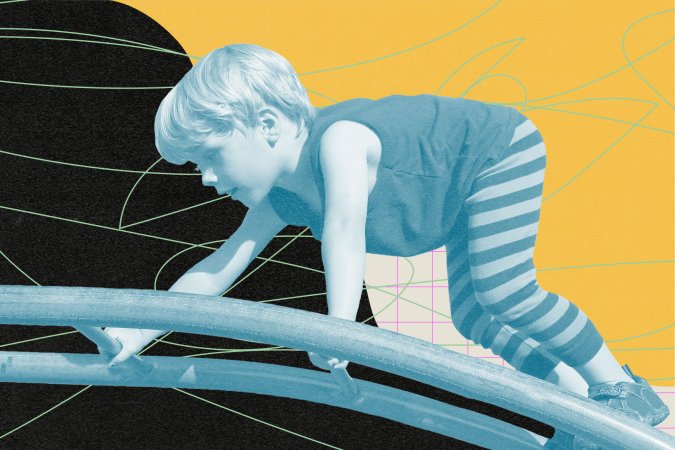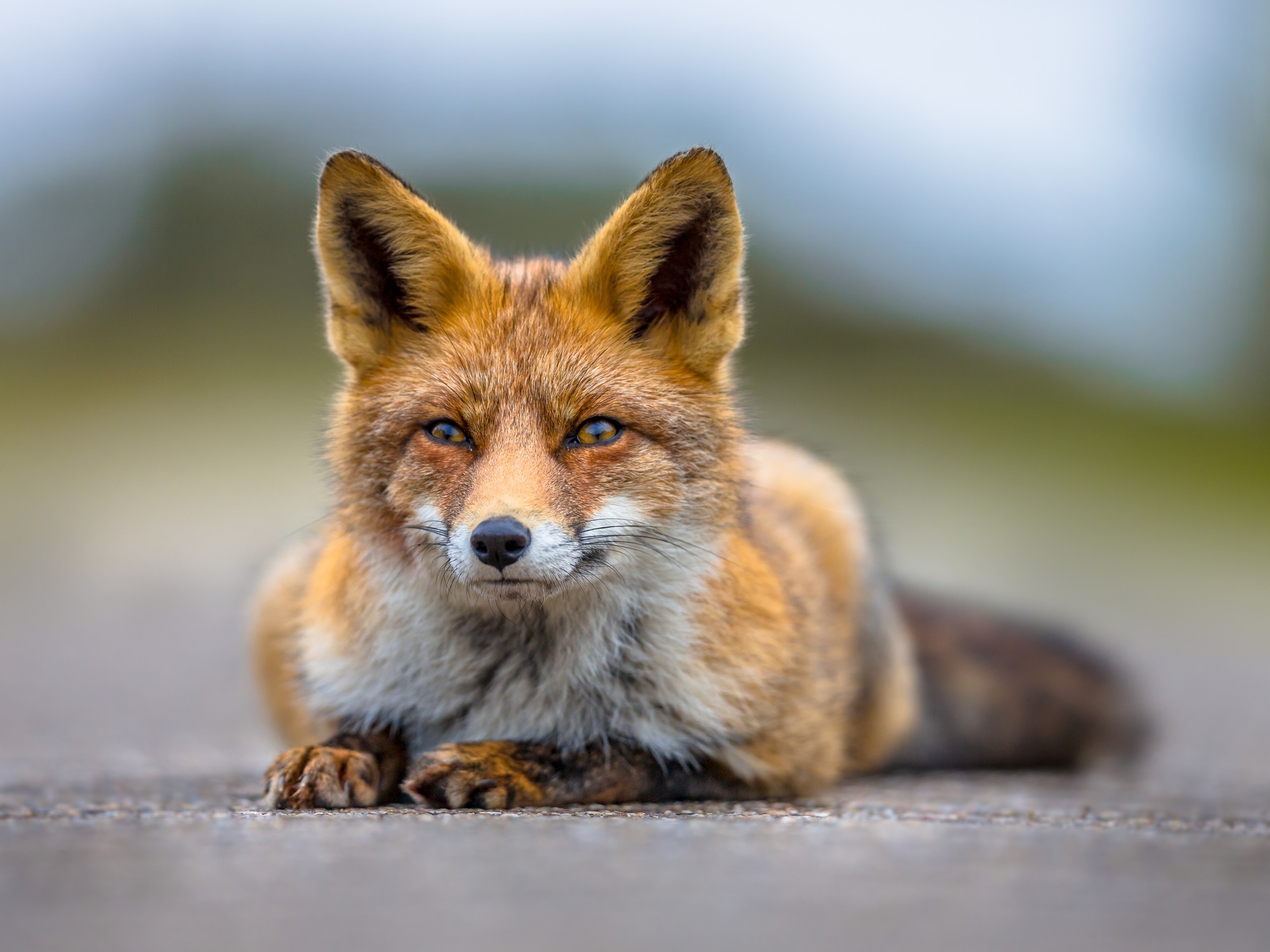

Nature has been globalized—with a big boost from humankind. There are thousands of plants, animals, fungi, and more dwelling in places they never would have reached without our interference. Whether they were initially transplanted by people to be hunted for sport or carried accidentally during commercial trade, few ecosystems are composed entirely of native species anymore.
Usually, these non-native (a.k.a. alien) wildlife do more harm than good when they enter environments that lack a natural predator, or where they have an edge over prey and competitors that are not used to them. Here’s a textbook example from the US: In the 1890s, sport fishers released lake trout from the Great Lakes and New England into Wyoming’s Lewis Lake. A century later, they have moved through the waterways into nearby Yellowstone Lake, where the newcomers are now crowding out the genetically distinct Yellowstone cutthroat trout and causing havoc on the habitat.
Sometimes, however, a non-native species ends up filling a crucial niche or providing benefits for an ecosystem’s natural inhabitants. Mariana Campbell, an ecology researcher at Charles Darwin University in Australia, was recently part of a team that documented the rapid population growth of the native crocodile following protections in the 1970s. She and fellow researchers hypothesized that the croc’s return was aided by the increasingly abundant feral pigs to snack on.
[Related: The best way to deal with 30 to 50 feral hogs in your yard]
Does that make the invasive pigs a net positive for their new neighborhoods? Like most things to do with ecosystems, it’s not a simple binary. “[The feral pigs] likely assisted [the native crocodiles’ numbers], but it’s a really big jump to say they help the ecosystem,” Campbell says, pointing out that the animals are also incredibly destructive to habitat other species rely on. “I wouldn’t go so far as saying they are good for the ecosystem in any way.”
But in other cases, alien wildlife come closer to being net positives. Giovanni Vimercati, a biologist at the University of Fribourg in Switzerland, was the lead author of a study published recently in the journal PLOS Biology that introduces a way to quantify the benefits non-native species have on native ones. Called the positive Environmental Impact Classification for Alien Taxa (EICAT+), it builds on an existing framework used by the International Union for Conservation of Nature that only accounts for the negatives. In tandem, the two frameworks can offer a pretty complete picture of how a non-native species interacts with its new native neighbors.
EICAT+’s systematic, evidence-based approach is in line with what Campbell considers good scientific practice. “There is nothing simple or straightforward about ecosystems—but scientists that work on introduced species’ impact, they don’t go in making the assumption that something is ‘good’ or ‘bad,’” she explains. Still, she cautions that there’s a lot of evidence supporting the conventional wisdom that invasive species are bad for native ecosystems. “Identifying and quantifying both positive and negative impacts of invasive species are important when making management decisions.”
Vimercati and the study’s other authors aren’t trying to decide whether non-natives deserve their bad rep: Instead, EICAT+ is intended to be a tool that researchers and environmental managers can put in practice for conservation planning. “The idea that you can control or eradicate every nonnative species is not realistic,” he says. “If you’re working in a park or protected area, resources are limited and you have to prioritize.”
Sometimes, an invasive species’ impact is irreversible. For example, scientists think the European red fox likely played a part in the extinction of rat kangaroos in Australia; and feral cats alone have wiped out at least 40 types of birds around the world. Or it might just take too much time and money to restore the ecosystem to its historic state. Either way, ecologists have to pick their battles, and EICAT+ can help with strategizing the most meaningful interventions.
Using the framework involves surveying existing studies and descriptions of a species and applying what’s already known to rank its positive impacts on local biodiversity. Vimercati’s group designed a five-point scale that starts with “minimal” and builds up to “massive” (the original EICAT ranks negative impacts on the same scale).
[Related on PopSci+: Welcome to invasivorism, the boldest solution to ethical eating yet]
The original framework was good for identifying the invasive species causing the most harm, but using both EICAT systems could help illuminate some best practices for actually staging an intervention that wouldn’t be obvious without looking at both negatives and positives. Vimercati points to one of the examples included in the paper: an invasive black rat in Japan that was eating a native snail that hid under the dead leaves of drooping she-oaks. The tree was also introduced by people, and was competing with native vegetation for space and nutrients. When conservation officials removed many of the invasive plants, the native snail population suffered because they no longer had shelter from the rats that remained. With a framework that includes the relatively small, but nonetheless real, benefits of the invasive trees, it might have been more apparent that the drooping she-oaks needed to be concurrently managed with the rats to avoid further harm to the snail.
With so many non-native wildlife gaining a foothold in new ecosystems, management tactics that consider the good and bad of a species will always be more accurate—and therefore more useful—than those that only see the bad. “Clearly, the priority is to identify negative impacts, because some of these alien species are extremely harmful,” says Vimercati. “But we shouldn’t deny there can be positive impacts, too.”

